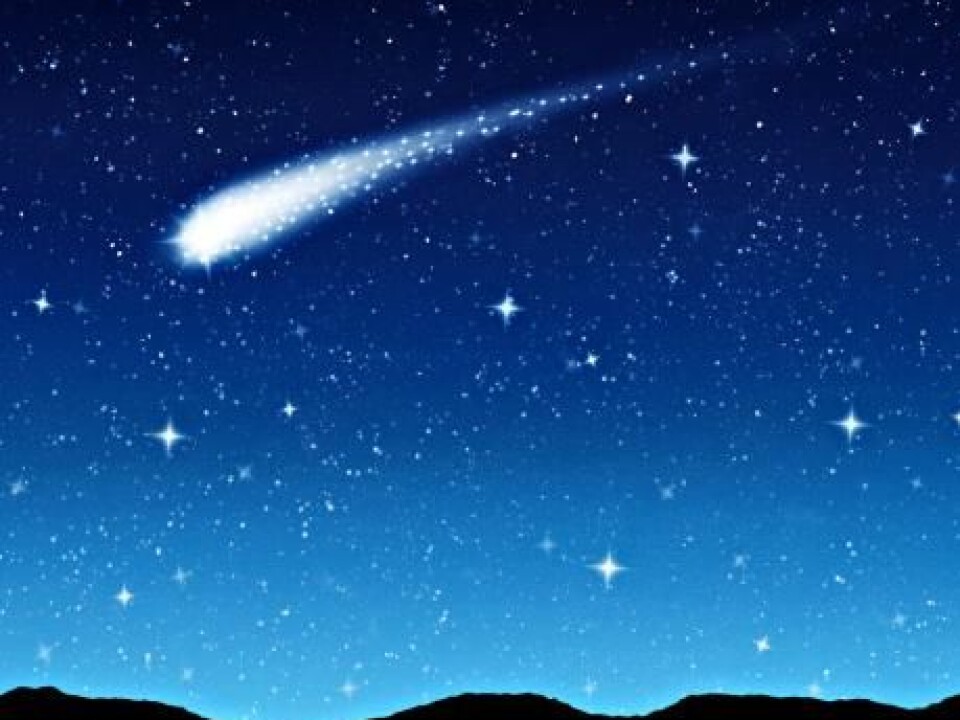
Shooting stars visible throughout July
Meteor showers and planets are visible in the Nordic sky this month, including Jupiter and Mars.
Keep your eye on the night sky this month and you might just see a whole number of planets.
You can still catch sight of Jupiter throughout July--close to the constellation Leo, due west at sunset.
Jupiter will set earlier towards the end of the month, and will eventually appear just above the horizon at dusk.
Mars is still visible
Mars is still visible in the evening sky, though it is low on the horizon--in the constellation Libra and moving towards Scorpio. It is visible due south after sunset. It is not as clear as it was in the spring, but it is still the brightest object in the area.

Mars may be visible up until May 2017, but it will become increasingly faint during the autumn months as the distance between the Earth and Mars increases.
You may even spot Saturn--also in the constellation Scorpio and slightly higher than Mars. Saturn is fainter than Mars, but brighter than Scorpio’s brightest star, Antares.
Night clouds visible at northerly latitudes
Noctilucent clouds occur frequently during the summer at northerly latitudes after midnight, when the sun sets just below the horizon and its rays reach clouds high in the atmosphere.
The clouds are lit with a silvery blue sheen and often have a feather-like appearance.
What a nice morning!! #noctilucentclouds all over in #denmark #nlc #NLC2016 @StormHour @dmidk @earthskyscience pic.twitter.com/Q8uxTbKnee
— AD photography (@ADphotography24) July 14, 2016
Eyes peeled for Mercury and Venus
Two of the Solar System’s inner planets--Mercury and Venus--are visible in the last week of July.
Look west, above the horizon at dusk to see them for half an hour after sunset, but you have to look closely. Due to the ecliptic inclination at this time of year, Mercury is always very low in the evening sky after sunset.
On a clear night with binoculars, Venus should be visible closest to the horizon, with Mercury 8-10 degrees to the right. Mercury will be the fainter of the two.
Shooting stars visible: 16 each hour
The summer solstice is now past and the nights are getting shorter, which means more opportunities for stargazing. This will be notable by the end of July.
Delta Aquarid is a medium-sized meteor shower that may produce up to 20 shooting stars an hour.
The meteorites are believed to be debris from comet 96P/Macholz and belong to a special group of comets (Marsden and Kracht group) that will orbit close to the Sun.
Sightings will peak by July 30, when up to 16 shooting stars an hour may be visible on a clear night.
Delta Aquarid is named after the constellation Aquarius, where they radiate from, but they will be visible across the sky. The best observation opportunities are from a dark place after midnight.
This article is edited by Karsten Bomholt og Anna Mucha Økjær.
-------------
Read the Danish version of this article on Videnskab.dk
Translated by: Catherine Jex









